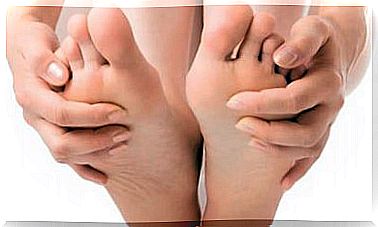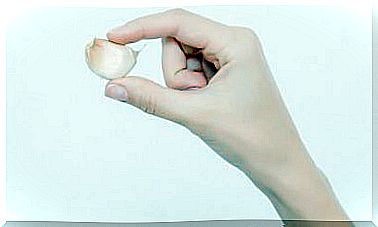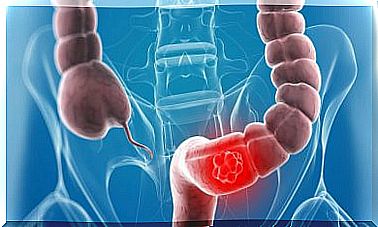Treatment And Rehabilitation For Patients With Sciatica
Patients with sciatica, or sciatic radicular syndrome, suffer from a condition that causes pain and weakness in the legs and lower back. It is a common disorder in middle-aged people with a sedentary lifestyle.
The spinal column is made up of a set of vertebrae. They are small bones joined together by a jelly-like tissue, the intervertebral discs. Between the vertebrae there are spaces, through which the nerve roots that leave the spinal cord pass. The union of these nerve roots forms the different nerves that reach the muscles, glands or other places in the body.
The nerve roots that form the sciatic nerve come out in the lower back. This is the largest and longest nerve in the body. Participates in the mobility and sensitivity of most of the leg.
On some occasions, the roots that make up the sciatic nerve (L4, L5 and S1) are compressed, producing what is known as sciatica.
The compression of the roots can be due to different causes. The main one is herniated discs, the intervertebral discs are altered and move invading the nerve roots. It can also be due to tumors around the spine, osteoarthritis in the vertebrae or malformations, but they are less frequent.
How do I know if I have sciatic root syndrome?

Compression of the sciatic nerve causes pain in the lower back or low back pain; and other symptoms derived from impaired nerve function:
- Difficulty moving the leg. Depending on the root that is affected, some movements or others will be altered, since each root controls a specific group of muscles.
- Altered sensation in the leg, with a distribution that also depends on the compressed nerve root.
- Reflexes impairment. Reflexes are automatic responses to a stimulus. If they are affected, the reflexes will be diminished or absent. The reflexes that are altered in sciatic radicular syndrome are the patellar or the achilles (of the ankle).
Treatment of patients with sciatica
To recover from a root syndrome, the first thing to do is treat what is compressing the nerve root. Therefore, the cause of this pathology must be sought. Later, depending on the evolution of the condition, more or less rehabilitation may be needed to strengthen the muscles and prevent it from happening again.
When sciatica is caused by a herniated disc, treatment can be conservative. The symptoms subside after a few days with pain relievers, such as ibuprofen, and rest.
On the other hand, when compression is important, surgical intervention may be necessary. This occurs in approximately one-tenth of patients with herniated discs. It can also be the therapeutic option in the case of tumors or malformations.
Conservative treatment for sciatica patients
The nonsurgical approach to sciatica can be done in a number of ways. The first option is usually oral analgesics and application of heat or cold in the lower back, to reduce inflammation and relieve pain.
If the pain is very severe or does not respond to analgesics, it may be helpful to use corticosteroid medications, stronger anti-inflammatory drugs. They are usually injected into the painful area and must be done by a specialist.
Be careful, these injections cannot be abused, so they should be reserved for times when the pain is very intense.
Rehabilitation and physical therapy for sciatica patients
This part of the treatment is essential to recover faster from sciatica. It consists of exercises that strengthen the lumbar muscles to strengthen the area and relieve pain. Therefore, although the first days you have to rest, after a while you have to start doing these rehabilitation exercises.
They are muscle strengthening and stretching exercises, controlled by a physiotherapy or rehabilitation specialist. Aerobic exercise is also recommended to improve general health. Having good muscle tone improves posture, so it avoids overloading the back that aggravates this radicular syndrome.
summarizing
In the face of pain, the best thing to do is go to the doctor. Under no circumstances is it advisable to resort to natural remedies or self-medication, as this can be counterproductive and aggravate the problem.
If you have concerns after receiving the treatment, it is best to resolve them with the professional.









